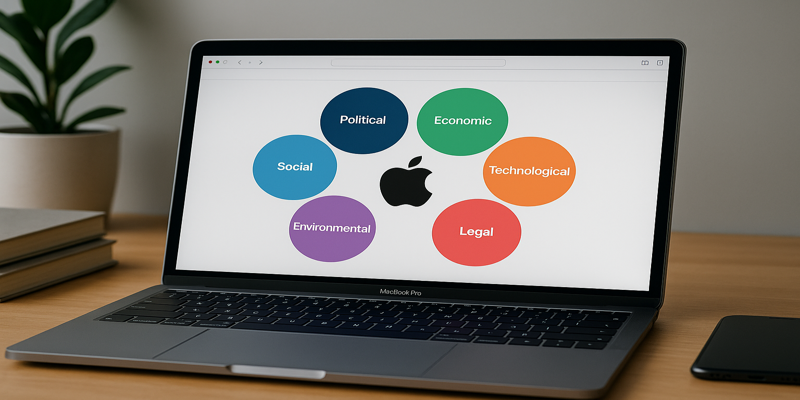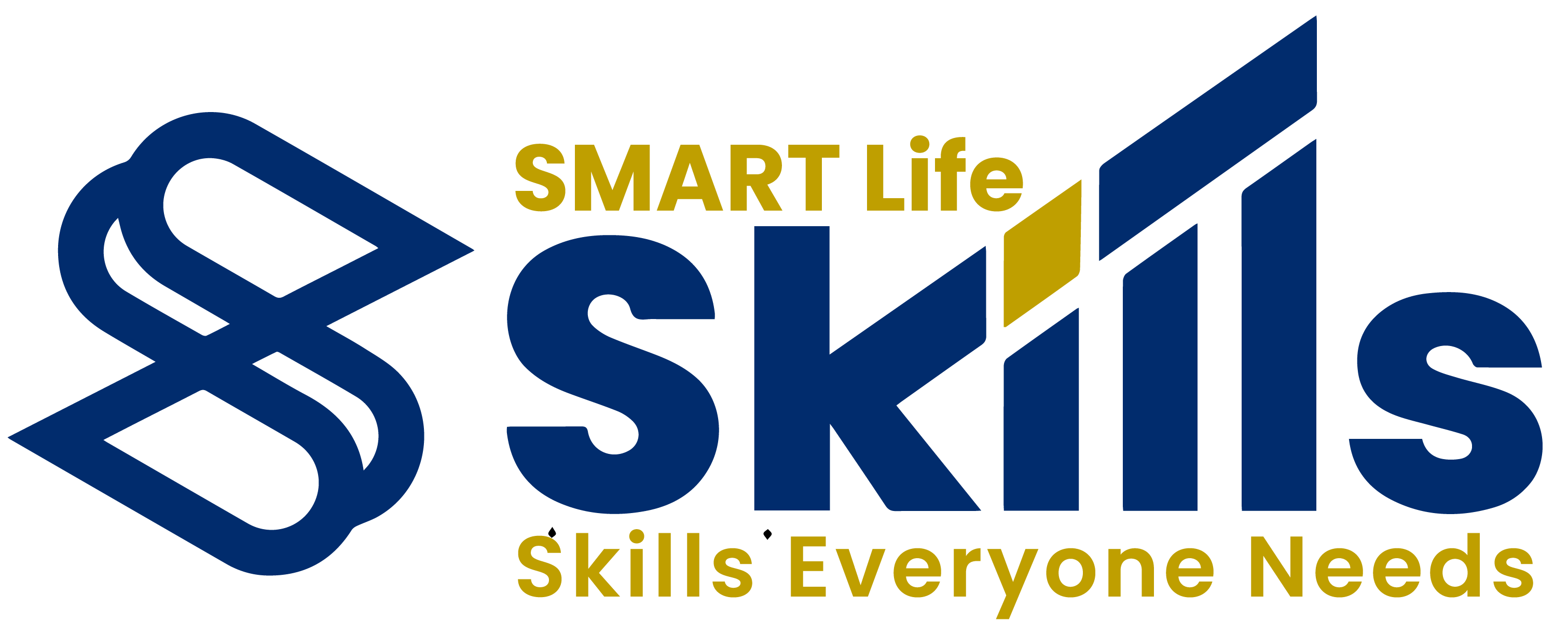Case Study: The Strategic Franchising Model of McDonald’s
The McDonald’s franchising model is often cited as a hallmark example of successful international franchising. Since opening its first franchise in 1955, McDonald’s has grown into the largest and most recognisable fast-food franchise globally, with over 38,000 restaurants in more than 100 countries (McDonald’s Corporation, 2025). This case study explores the strategic, operational, and globalisation factors behind McDonald’s franchising success, critically analysing key components such as the franchise structure, standardisation vs localisation, franchisee support, and the challenges involved. Insights are drawn from textbooks, academic journals, and reputable business publications, using the Harvard referencing style. 1.0 Theoretical Framework: Franchising in Business Models Franchising is a hybrid business model combining elements of centralised corporate control with decentralised ownership. As defined by Hoffman and Preble (2004), franchising allows a franchisor to grant the rights to a franchisee to operate under its brand and business model, in exchange for fees and ongoing royalties. This approach enables rapid scaling, risk-sharing, and brand consistency. According to Lashley, C. & Morrison, A. (2000), franchising in the hospitality industry is particularly suitable for companies like McDonald’s, which rely on standardised operations, global brand equity, and a repeatable customer experience. It allows franchisors to expand internationally with minimal capital investment while enabling local entrepreneurs to benefit from established brand systems. 2.0 McDonald’s Franchising Structure McDonald’s operates a multi-format franchising system, with ownership divided among: Franchisees (approx. 93%), Company-operated restaurants, and Developmental licensees in international markets (McDonald’s Corporation, 2025). The standard franchise agreement includes a 20-year term with a requirement for adherence to strict operational protocols, site approval by McDonald’s, and payment of various fees including: Initial franchise fee (~$45,000 USD), Monthly service fee (~4% of sales), and Rent based on sales and location (Kolesnikov, 2025). This structure ensures that McDonald’s retains strategic control over brand consistency, site development, and operational procedures while leveraging local expertise (Rozengard, 2025). 3.0 Global Expansion Strategy McDonald’s international franchising success is underpinned by its ability to adapt its model to diverse cultural, legal, and economic environments. As highlighted by Pischnikova (2025), McDonald’s adapts its menu to local tastes – for instance, removing beef in India or offering shrimp burgers in Japan. This “glocalisation” strategy balances global brand identity with local relevance, a critical success factor in international markets. An example of this approach is seen in McDonald’s entry into China, where partnerships with local conglomerates like CITIC Group allowed the brand to navigate complex regulations and local preferences (Singh, Tyagi & Sharma, 2025). 4.0 Franchisee Selection and Support A critical component of McDonald’s franchising success lies in its rigorous franchisee selection process. Prospective franchisees are assessed not only for financial capability but also for operational experience, leadership skills, and alignment with McDonald’s values (Orjević, 2025). Furthermore, McDonald’s offers extensive training through Hamburger University, a corporate institution that provides over 5,000 graduates annually with training in business operations, customer service, and leadership (Ibraeva, 2025). The company also provides ongoing support in areas such as: Real estate selection, Supply chain management, and Marketing and advertising (Tomisová, 2025). 5.0 Challenges and Criticisms Despite its success, McDonald’s franchising model faces several challenges: 5.1 Labour and Wage Issues Franchisees are often accused of underpaying workers or resisting minimum wage increases. While McDonald’s claims franchisees are independent employers, public backlash affects the brand image (El Khoury, 2025). 5.2 Profit Margins and Costs Franchisees bear high upfront costs and ongoing royalties, which can erode profitability. As Kolesnikov (2025) notes, rent and equipment costs paid to McDonald’s often mean slim operating margins for franchisees. 5.3 Standardisation vs Autonomy Maintaining rigid operational control may stifle local innovation. In some countries, franchisees have pushed back against inflexible corporate mandates (Rozengard, 2025). 6.0 The Role of Technology and Marketing Recent research by Kaur, Kim, and Gill (2025) demonstrates that social media proficiency among franchisees significantly enhances customer engagement and sales performance. McDonald’s has also embraced AI-driven order systems, mobile apps, and digital kiosks, streamlining operations and enhancing the customer experience (Singh et al., 2025). Moreover, McDonald’s standardised global advertising campaigns, such as “I’m Lovin’ It”, combined with local promotions, ensure brand recognition and resonance across markets. 7.0 Corporate Social Responsibility (CSR) CSR has become increasingly vital in McDonald’s franchise operations. According to Cakti and Mulawarman (2025), corporate legitimacy, especially in environmental and social practices, influences public perceptions of franchisee outlets. Initiatives like reducing plastic use, sustainable sourcing, and youth employment programmes help build goodwill, especially in environmentally sensitive markets. 8.0 Case Example: McDonald’s Indonesia The Indonesian market, operated by PT Rekso Nasional Food, exemplifies the brand’s localisation strategy. Azzahra and Zefriyenni (2025) highlight how McDonald’s Indonesia adapted pricing and promotions to appeal to price-sensitive consumers, introduced rice-based meals, and engaged in Ramadan-specific campaigns. These strategies have led to sustained growth despite competition from local and global rivals. The franchising of McDonald’s represents a masterclass in scalable, global business strategy. Its success is rooted in: A robust franchise structure, Effective local adaptation strategies, Comprehensive training and support systems, and A strong commitment to brand management and innovation. However, challenges related to labour practices, cost pressures, and franchisee autonomy suggest that continued success will require adaptive governance and ethical oversight. As global market dynamics evolve, McDonald’s must remain vigilant in balancing control with flexibility, ensuring that its franchising model remains both profitable and socially responsible. References Azzahra, A. & Zefriyenni, Z. (2025). Pricing and Promotion Analysis of Purchase Decisions at McDonald’s. Eduvest Journal of Universal Education. http://eduvest.greenvest.co.id. Cakti, B.A. & Mulawarman, A.D. (2025). Legitimacy of McDonald’s CSR Disclosure. International Journal of Research on Finance and Business. https://ijrfb.com. Hoffman, R.C. & Preble, J.F. (2004). Global franchising: Current status and future challenges. Journal of Services Marketing, 18(2), 101-113. Ibraeva, N. (2025). Bachelor Thesis on McDonald’s Franchise Training. Theses.cz. Kaur, P., Kim, S.K. & Gill, P. (2025). When Does Social Media Experience Improve Franchisee Performance?. Journal of Retailing, Elsevier. Kolesnikov, N. (2025). Peculiarities of Running the Business of the Most Profitable Fast-Food Chain. Belarusian State Economic University. http://edoc.bseu.by. McDonald’s Corporation. (2025). Franchise Information & Global Facts. https://corporate.mcdonalds.com. Orjević, I. … Read more










